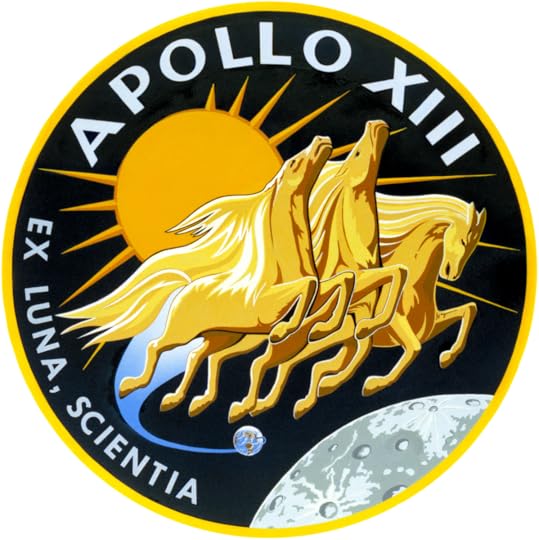What do you think?
Rate this book


Hardcover
First published September 6, 1994
“One landing was essentially as good as another, and what could possibly be the difference between Apollo 13 and Apollo 14 except, perhaps, the numeral?”
“If a tank of gas is suddenly reading empty and a cloud of gas is surrounding the spacecraft, it’s a good bet the two are connected, especially if the whole mess had been preceded by a suspicious, ship-shaking bang.”
“This discovery, horrifying as it was, explained a lot. Whatever it was that had happened to tank two, that event was over. The tank had gone off line or blown its top or cracked a seam or something, but beyond the very fact of its absence, it had ceased to be a factor in the functioning of the ship. Tank one, however, was still in a slow leak. Its contents were obviously streaming into space, and the force of the leak was no doubt what was responsible for the out-of-control motion of the ship. It was nice to know that when the needle finally reached zero, Odyssey’s oscillations would at last disappear. The downside, of course, was that so would its ability to sustain the life of the crew.”
“Combining this with what was left in the hissing oxygen tank, Odyssey alone could keep the crew alive until sometime between midnight and 3 A.M. Houston time.
It was now a little after 10 P.M.”



 4,5 Sterne
4,5 Sterne 4,5 Sterne
4,5 Sterne